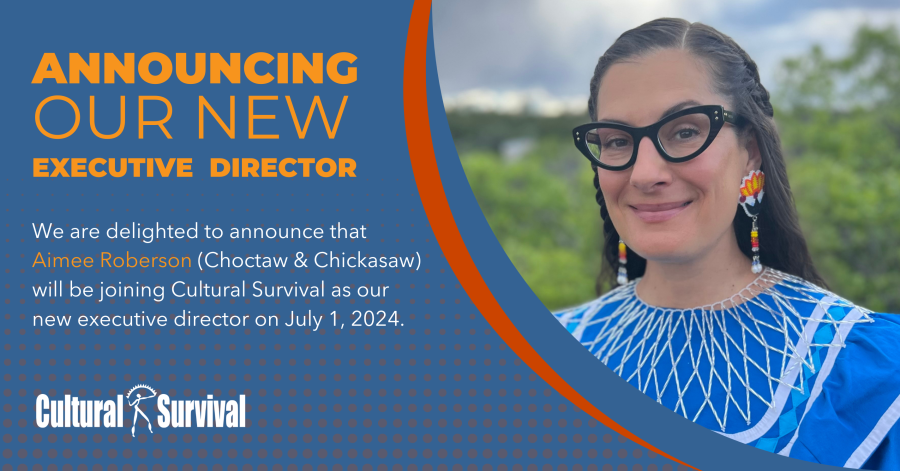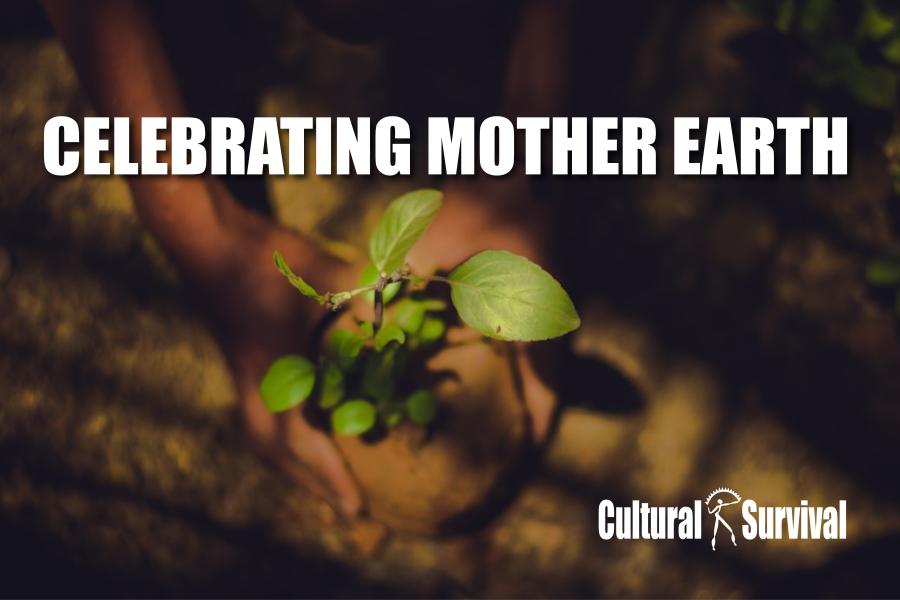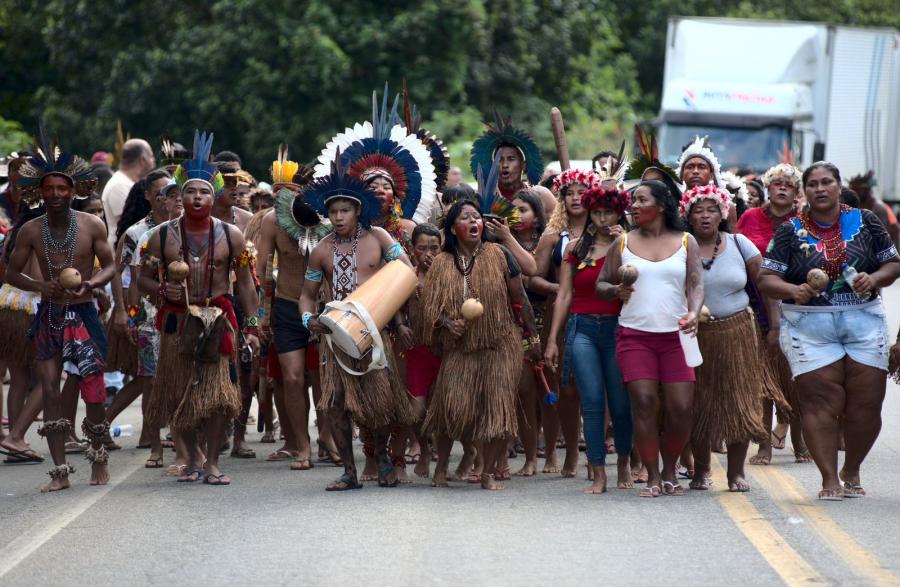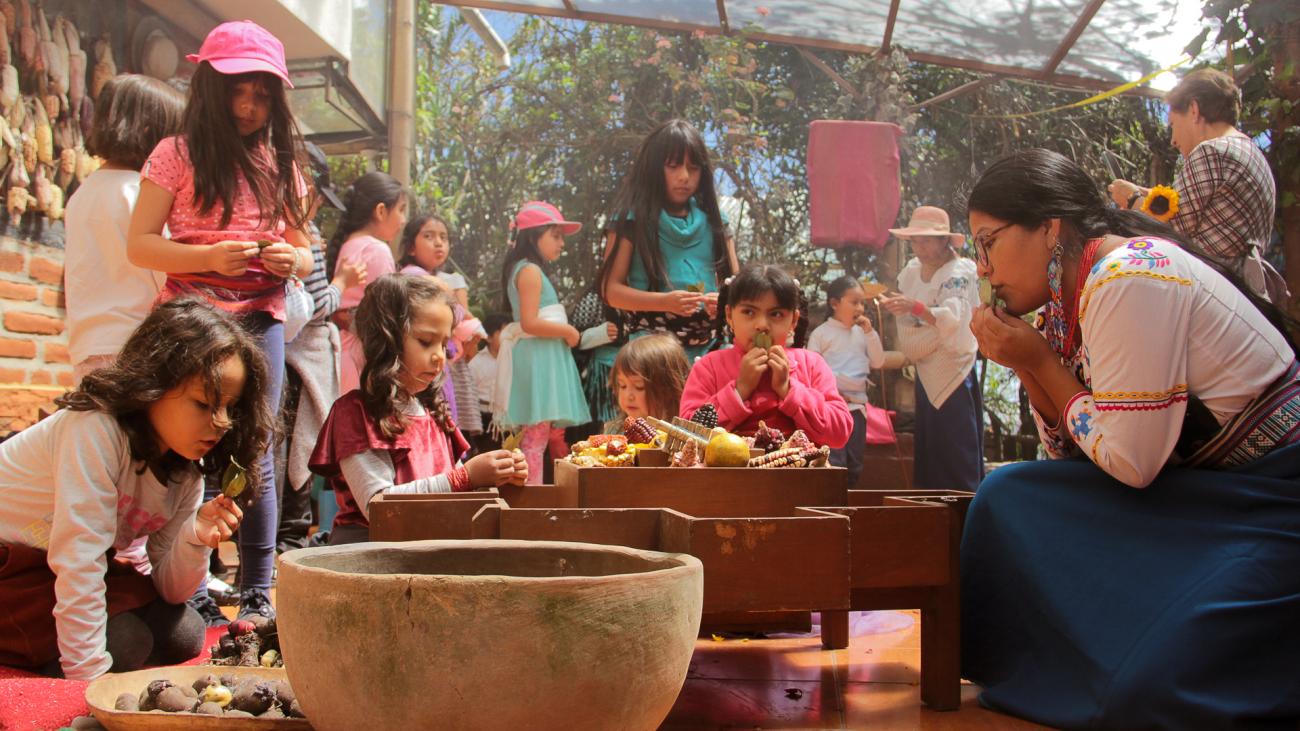
This June, in honor of Pride Month, Cultural Survival celebrates the wide range of identities and experiences in Two-Spirit and LGBTQ+ communities. Cultural Survival's Indigenous Youth Fellowship Program stands at the forefront of this celebration, recognizing and supporting the unique voices and leadership of Indigenous 2SLGBTQ+ youth. Through their projects, these fellows are embracing their identities, honoring their cultures, and driving positive change within their communities, creating successes and influence that reach far beyond the confines of Pride Month.
Ninari Chimba Santillán (Ecuador)
Area of Focus: Revitalization of Indigenous Languages
Ninari Chimba Santillán (Kichwa) identifies as a lesbian woman from the Panzaleo and Otavalo peoples of Ecuador. She is a primary school teacher, singer-songwriter, actress, researcher, consultant, and workshop leader who approaches her work from an anti-racist, campesino, ecofeminist, Indigenous perspective. She has significant experience in intercultural bilingual education and has consulted in the areas of education, gender issues, and art.
Ninari’s project, “Muyuntik Shimi” (Cycle of the Original Language), was born from the objective of strengthening the Kichwa identity and language among children who have migrated to Quito. Ninari created a holistic written module of basic level Kichwa education with an Indigenous ecofeminist and anti-racist perspective. With her 30 students in mind (girls and boys from the Otavalo, Panzaleo, Saraguro, Amazonian Kichwa, Purúha, Kutakachi, Zumbahua, and Kitu Kara Peoples), she focused on decolonizing and dismantling the patriarchy for Indigenous migrant children through Kichwa linguistic immersion. One of the activities of her project was to compose and record a song in Kichwa and Spanish as linguistic immersion material for her module. In the spirit of the minga (community work), the parents and community supported her work with the creation of a video for the song called “Muyu Wawita.” Ninari hopes that the video will function as additional material to motivate Kichwa children to learn their language and culture.
Eli Wewentru (Chile)
Area of Focus: Revitalization of Indigenous Languages
Eli Wewentru (Mapuche) identifies as a trans male originally from the Temuco and Wallmapu communities of Padre Las Casas, Chile. He began his musical career at age nine in the Padre Las Casas Children’s Orchestra. He later studied musical interpretation and furthered his artistic growth in different countries in Latin America and Europe. From an early age, he shared his musical knowledge and compositions in rural schools within Mapuche communities. Eli currently lives in Chomio and works with musical composition, sound art, audiovisual media, performance, and as a violin teacher. He also takes care of animals and works the land. His work focuses on decentralizing art from elitist spaces and big cities, as well as new explorations in sound with western instruments, specifically the violin and cello, while making music linked to his cultural heritage.
Eli’s fellowship project created spaces for children to participate in creative activities including writing, photography, audiovisual media, drawing, dance, and music, all from their own points of view and interpretation. He facilitated a free space in which children received stimulating artistic experiences along with exhibitions, games, prompts, questions, or narratives. These activities evoked a line of creative inspiration, leading to the youth developing their own mini-projects that prioritized their creative process. Eli stresses the importance of creating empowering creative spaces for youth in territories of resistance that are segregated and constantly threatened, further repressing the resident children's freedom of expression. He says that children in his territory need spaces to “tell their stories, their memories, and their thoughts, and through these means, also reinforce our identity, culture, the Mapuzungun language, and the need for care of the native forest and water.” He hopes his project reinforced their “strength to believe in what we want to be while continuing to share with the world from our own point of view as an ancestral people.”
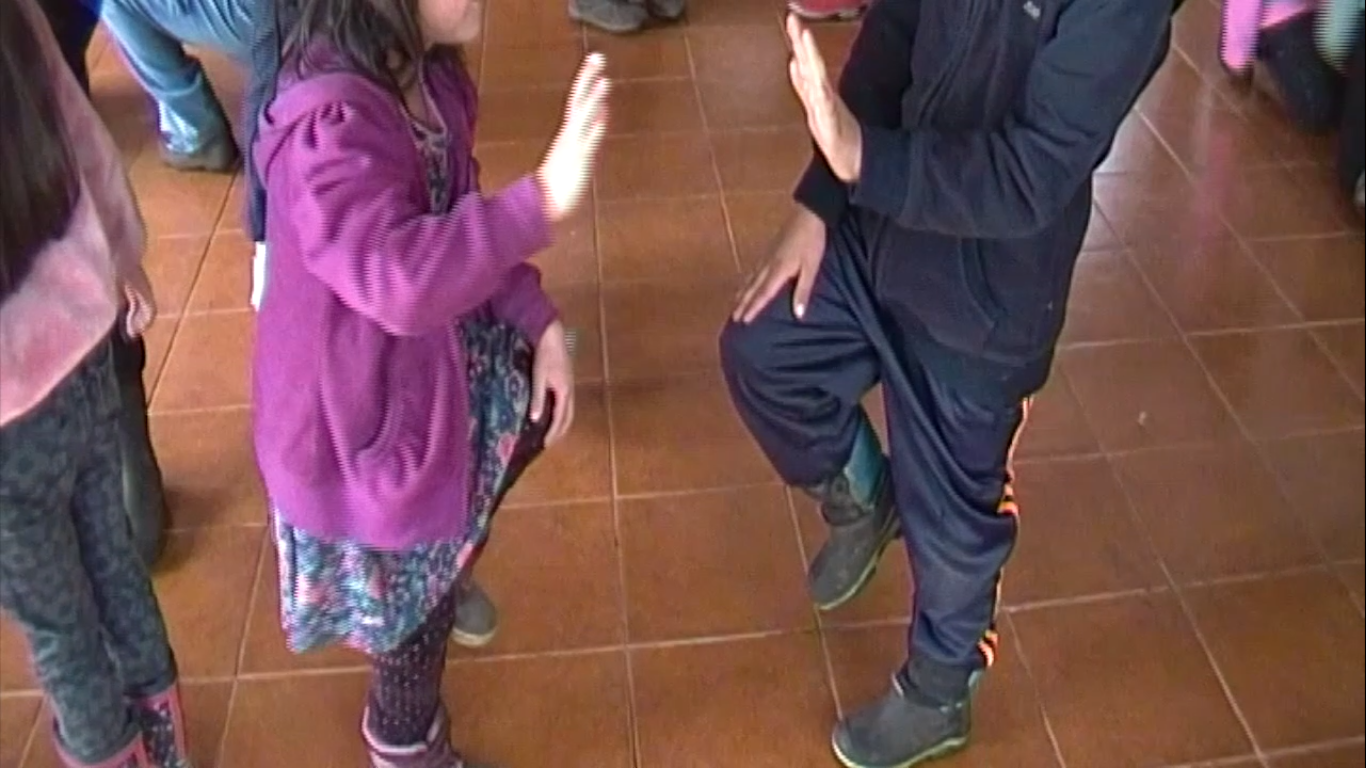
Kuenan Tikuna (Brazil)
Kuenan Tikuna, age 20, identifies as a trans Indigenous woman and belongs to two Native Peoples from the Amazon region of Brazil: Tikuna and Tariano. Originally from the waters of the upper Solimões River in the Tikuna Feijoal Indigenous territory of Amazonas, they incorporate into their creations the influences and wisdom of their ethnicity, taking root in their rich cultural heritage and the deep connection with their origins, the foundations of their inspiration, and resistance. By assimilating ancestral knowledge as expressions of the art of their ancestors, they shape their worldview. Currently, Kuenan plays a significant role in the artistic spheres of Visual Art, Fashion and Communication in the Coordination of Indigenous Organizations of the Brazilian Amazon (COIAB) network and in the Network of Indigenous Women of the State of Amazonas (Makira E’ta). Kuenan is also part of the executive coordination of the Miriã Mahsã collective, the first Indigenous 2SLGBTQ+ collective in Amazonas.
The intertwining between art and activism forms a powerful narrative that echoes ancestral policies and traditions in a contemporary context, imbued with the spiritual vitality of its people. Kuenan’s artistic expression encompasses diverse forms, from traditional drawings and paintings created with natural Amazonian pigments on the sacred tururi canvas exploring aspects of mystical daily life, to issues of gender and sexuality among Indigenous Peoples, resulting in images conceived by various ancestral technologies. In their works, Kuenan’s own body transforms into moving art, crossing physical and mental boundaries, provoking reflections, and raising questions in those who witness their political, cultural, and artistic expression.
Kuenan grew up among powerful warrior women like their mother, Metana, the greatest leader of the Tikuna people who was also a lesbian, and other figures who were crucial to their formation of gender, cultural, and artistic identity. At the age of 15, in an attempt to seek a better future, like most Indigenous young people, Kuenan went to the city and experienced an immense culture shock that sheds light on the cultural impacts of colonization on Indigenous and 2SLGBTQ+ people. From this, they started thinking about strategies and tools to resist and amplify the voice of their people, occupying spaces of power and visibility by using tools such as art, fashion, and communication to unite their ancestry with its present and future. Kuenan’s project,”Memória Viva Ticuna,” is a memory tool for the future that will continue the legacy of their ancestors.
